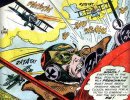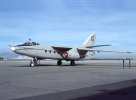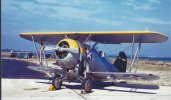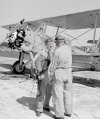Squadrons were divided up into six three-aircraft sections.
Honest question...I'm not trying to be a smart ass.
Was the definition of a section and a division changed some time later? I was under the impression a division (3 or more) harked back to the days of WWII, but I'm not educated enough to know if it went back farther than that.




